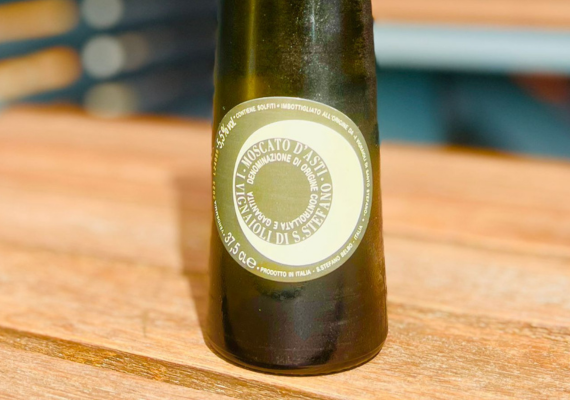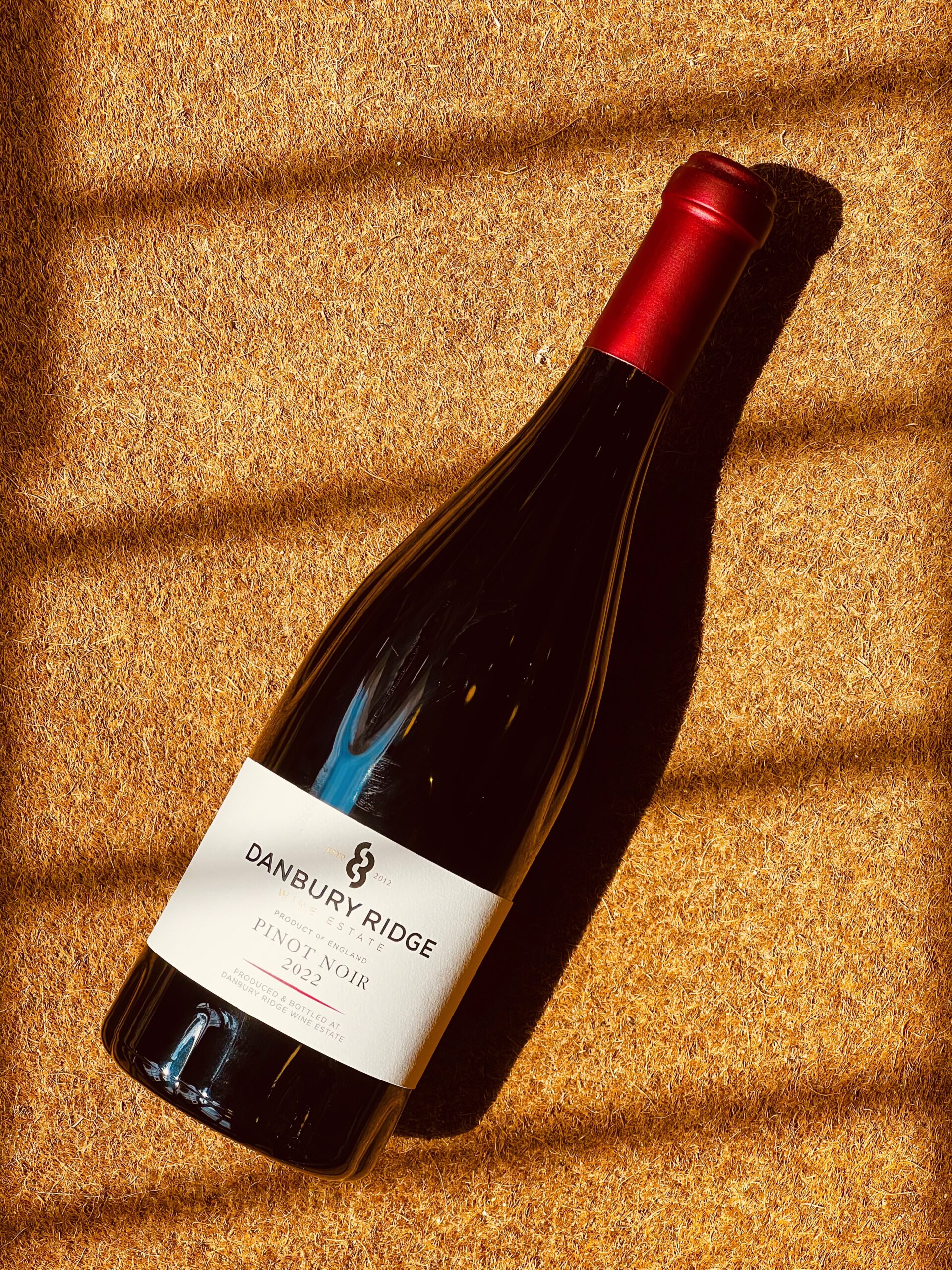Posted on
Share
A successful food and wine pairing brings out the best in both the dish and the wine. While the process may seem complex, the core principles are simple to follow.
1. Wine Should Be More Acidic Than the Food
Acidity in wine cuts through rich or fatty foods and refreshes the palate, preventing the dish from overpowering the wine. For example, highly acidic wines like Sauvignon Blanc pair perfectly with salads dressed in vinaigrette or fatty fish like salmon.
2. Wine Should Be Sweeter Than the Food
If the food is sweeter than the wine, the wine can taste too sharp or bitter. Sweet wines like Riesling or Moscato balance out desserts or spicy dishes, enhancing both elements harmoniously.
3. Match Wine Intensity to the Food’s Intensity
Ensuring that the wine and dish share a similar intensity prevents one from overshadowing the other. Light-bodied wines like Pinot Grigio pair well with light dishes, such as salads, while full-bodied wines like Cabernet Sauvignon match well with rich, hearty dishes like steak.
4. Red Wines Complement Bold Meats
Red wines, known for their higher tannins, work best with rich, flavourful meats like beef or lamb. The tannins interact with the fat and protein in the meat, making the flavors more robust.
5. White Wines Pair Best with Lighter Meats
The lighter body and higher acidity of white wines make them a great match for more delicate proteins like chicken or fish. For example, Chardonnay complements roasted chicken, while Sauvignon Blanc is ideal for seafood.
6. Balance Bitter Wines with Fat
Tannic red wines, which can have a bitter edge, are softened by fatty foods, making both the wine smoother and the food more flavorful. A tannic wine like Cabernet Sauvignon pairs wonderfully with a rich, fatty steak.
7. Match Wine to the Sauce, Not Just the Meat
Often, the sauce sets the dominant flavor of a dish. A tomato-based sauce pairs well with a red wine like Chianti, while a creamy sauce is better suited to a Chardonnay.
8. White, Sparkling, and Rosé Wines Offer Contrasting Pairings
These lighter wines often provide a refreshing contrast to the dish, cleansing the palate and balancing richer flavors. For example, the acidity and effervescence of sparkling wines cut through the richness of fried or creamy foods.
By following these guidelines, you can enhance both the food and the wine, making your dining experience even more enjoyable.
Continue reading

If you like Riesling, you might like these alternatives…
Looking to explore beyond Riesling’s familiar charms? If so, there’s a whole world of wines that share its appeal. Here are five bottles we think Riesling lovers will fall head over heels for…

Discover Essex wines this English Wine Week
Did you know that England, and indeed Essex, has some really decent wineries?